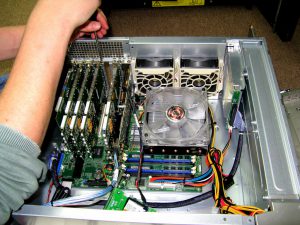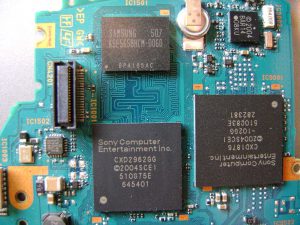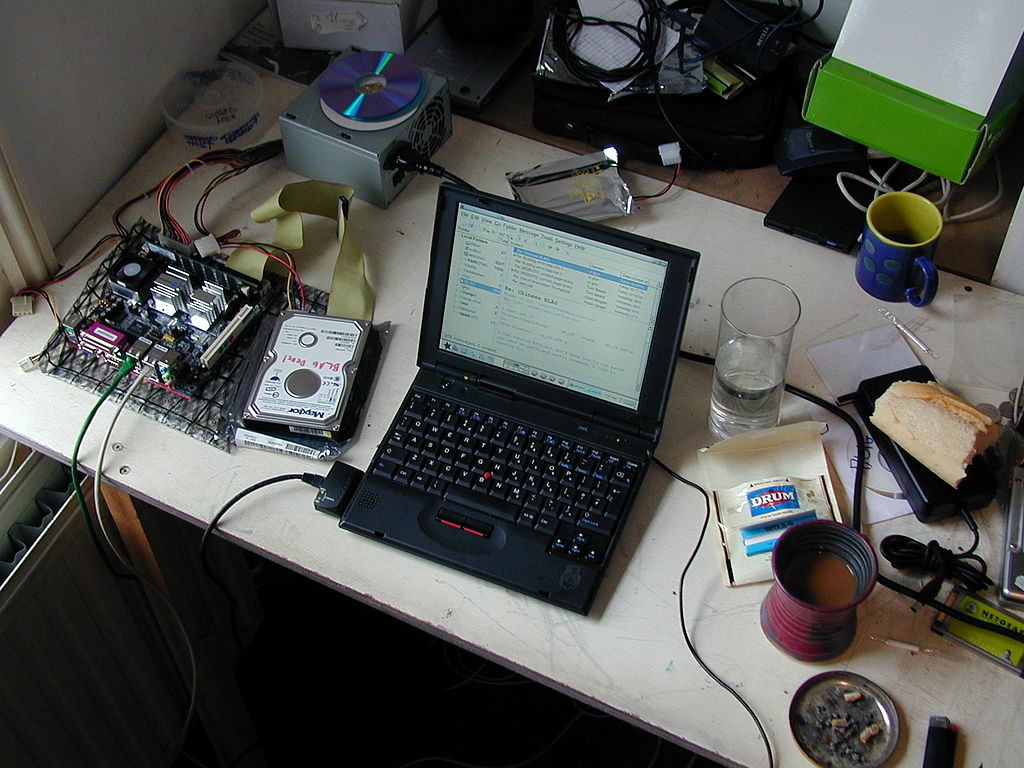It is very hard, if not impossible, to imagine the world today without the Internet. Even though this is a fairly new technology, it didn’t take long before it permeated every aspect of our lives. We access the internet on our personal computers and smartphones, but on our fridges and other house appliances as well.
It’s everywhere, but most of us understand very little about it and take it for granted, as we use it for fun purposes – browsing the web for our new favorite indie band, offers like Betmaster bono de bienvenida in English, or a new movie. Explaining in detail how the internet works would be a mammoth feat, but we can at least spark your imagination with a short introduction to the technology.
Internet: The Basics

We can compare the internet to your Local Area Network at home, which is basically a “mini internet”. Your LAN is comprised of all the devices connected to your router which is connected to the internet. The internet, in this case, refers to a large number of interconnected computer networks.
All of these computer networks are interconnected with hardware. This hardware includes high-speed cables running under the city streets outside your home, the massive cables at the bottom of the oceans, and satellites orbiting the Earth.
Apart from the hardware, there is a lot of sophisticated software involved as well. When you type in “facebook.com” into your browser address bar and press Enter, your computer sends information to the physical location of Facebook and retrieves information for you.
The Rules of the Internet

The internet works by utilizing a packet routing network, governed by the rules of the Internet Protocol and the Transport Control Protocol, among other protocols.
A protocol is basically a set of rules that tells computers how to communicate with each other. One example of a TCP rule is that when one computer sends information to another computer, the other computer should tell the first one if there is some information missing so the first computer can resend it.
An example of IP rule is that computers always need to attach addresses to the information they send and so it basically specifies how computers are supposed to route information.
How Is Data Sent Over the Internet?

We write messages, take pictures, and record sounds and videos to upload them on the internet or send them to other people. However, we do not think about what happens after we hit the “send” button.
The data that we send over the internet is called a “message”, and this message is split into smaller chunks which are called “packets”. Therefore, the message you send is chopped up into a puzzle of packets and then reassembled once it reaches the recipient. There are strict rules on how messages should be split into packets, which are established by the Internet Protocol.
Where It All Began?
The first router on the network was created in the 1960s and called ARPANET. This was a military project which aimed to create a computer network the government could use to send urgent messages across the globe. Since then, numerous private Internet Service Providers have connected their routers to the network and the system keeps growing.

